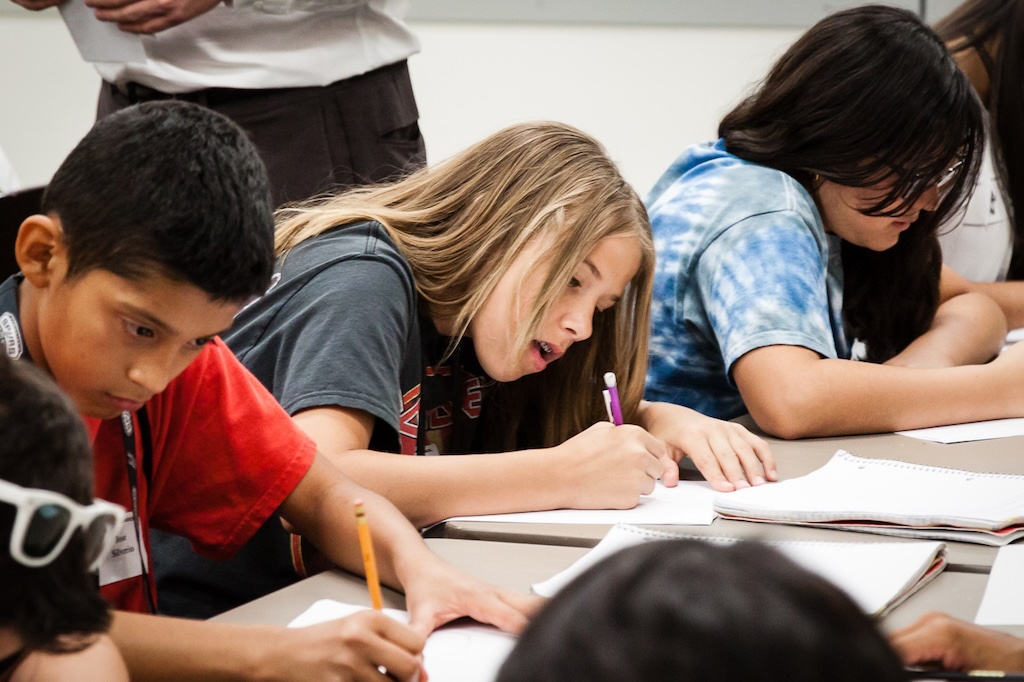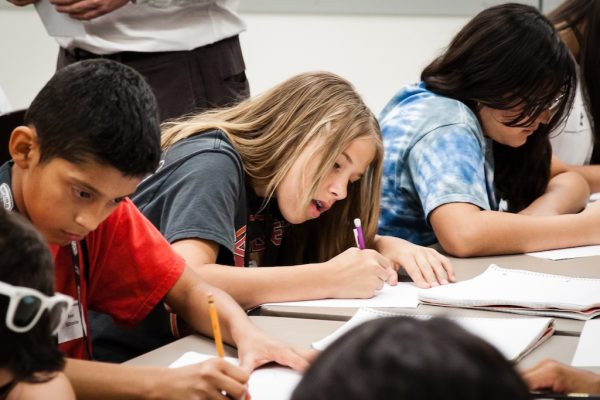Rubric-Based Learning Will Promote Equity and Student Success
For better or worse, grading is a crucial piece of all forms of education. Nearly all students applying for the next level of education rely on their transcript to demonstrate their qualifications. Although the system is universally dependent on student evaluation, there are certainly flaws. At Sidwell, changes must be made to improve equity and consistency within the grading system. An important step toward advancing fairness and helping students grow and succeed in the classroom is making rubric-based assessment the norm across all grades and classes at Sidwell.
Rubrics greatly improve the consistency and fairness of grading, as each student is assessed according to a specific, unified system. During a study conducted by Dr. Hunter Brimi in 2011, for example, 73 English teachers graded one essay and came to wildly different conclusions. Their range encompassed all letter grades, from A to F, and the difference between the highest and lowest was 46 points. While this study may not be reflective of all grading situations, variation in grading results is certainly real. This is why it is important to try to standardize the process of grading as much as possible and give students some expectation of how their work will be assessed. Particularly in classes where a large portion of a student’s grade comes from essays rather than more objectively graded tests, rubrics will allow students to better understand the letter grade that they ultimately receive.
In addition to the equity advancements that rubric-based assessments offer, both the feedback and clarity that rubrics provide for students are very beneficial. When rubrics are available to students prior to an assignment, students are able to glean a better understanding of what is expected of them. They learn what strong, A-level work looks like, which helps set guidelines and draw a road-map for a student to follow during the writing process. Conversely, students can identify common mistakes so they can avoid them before they occur. Before submitting work, students can use rubrics to assist them with the editing process. While meeting with a teacher is often an important step for a student on the path to success, a rubric offers another resource that students can consult at any time.
After work is returned, rubrics give clear feedback and help students discover their strengths and weaknesses, which allow students to improve in future assignments. While failure is an important part of the learning process, making the same mistakes multiple times is frustrating and easily avoidable. Having consolidated and clear constructive feedback is crucial to allowing students to understand their mistakes and improve. To put students in the best position to succeed, Sidwell must put rubrics in place universally.
Two of the most important goals for the Sidwell community are to create equity across the student body and to create an environment where all can succeed and grow as both students and people. To accomplish these goals, we need to make an effort across all facets of life at Sidwell, including inside the classroom. By making rubric-based learning the standard, Sidwell can take steps toward equity and student success.
Your donation will support the student journalists of Sidwell Friends School. Your contribution will allow us to purchase equipment and cover our annual website hosting costs.










































